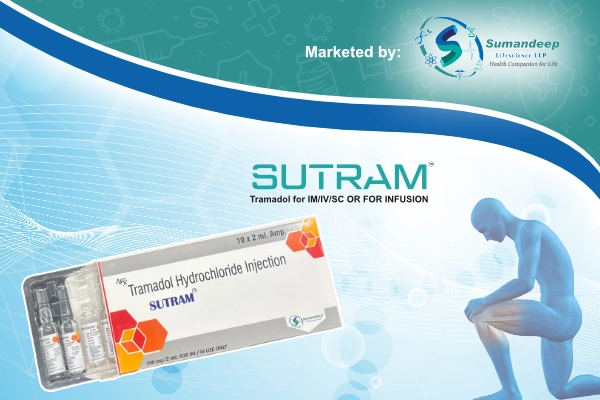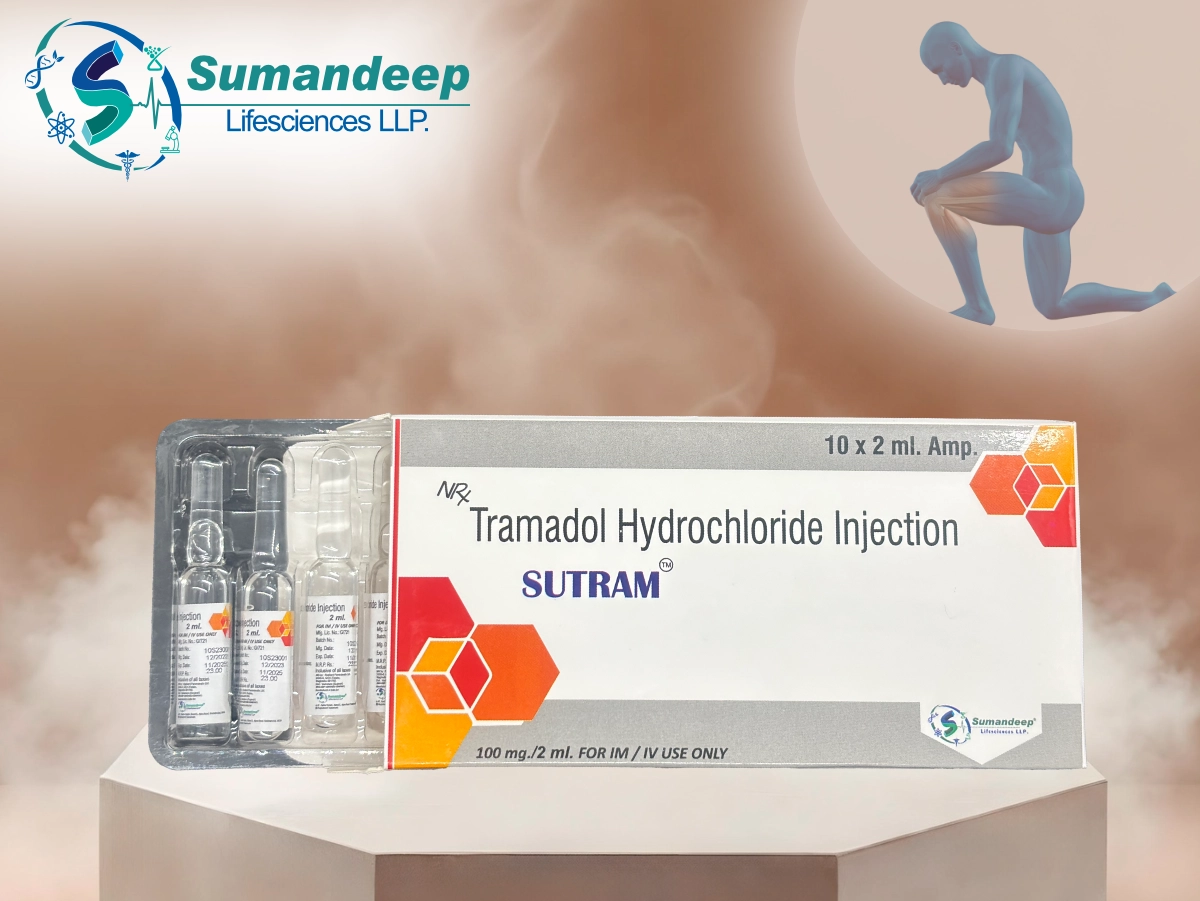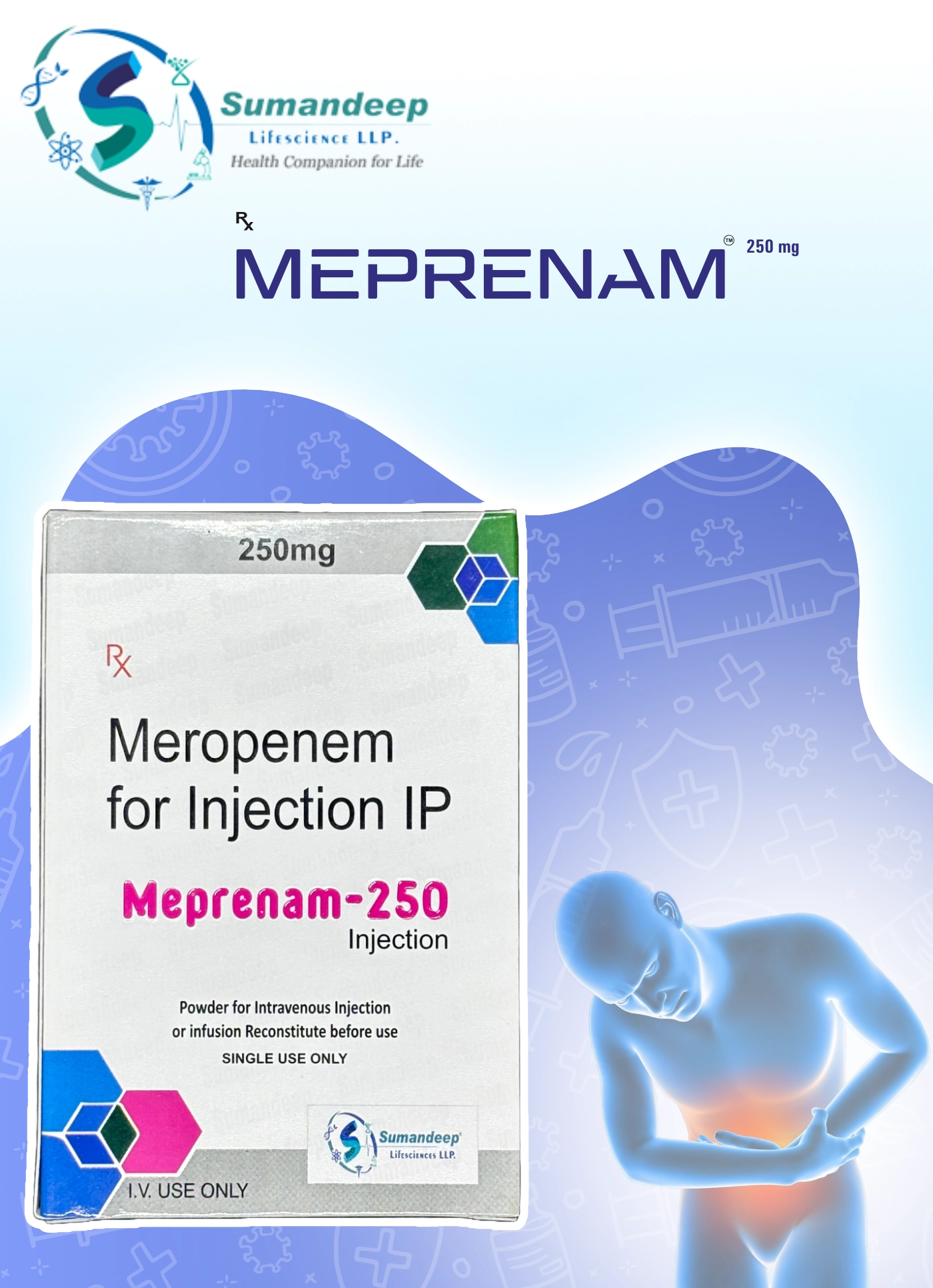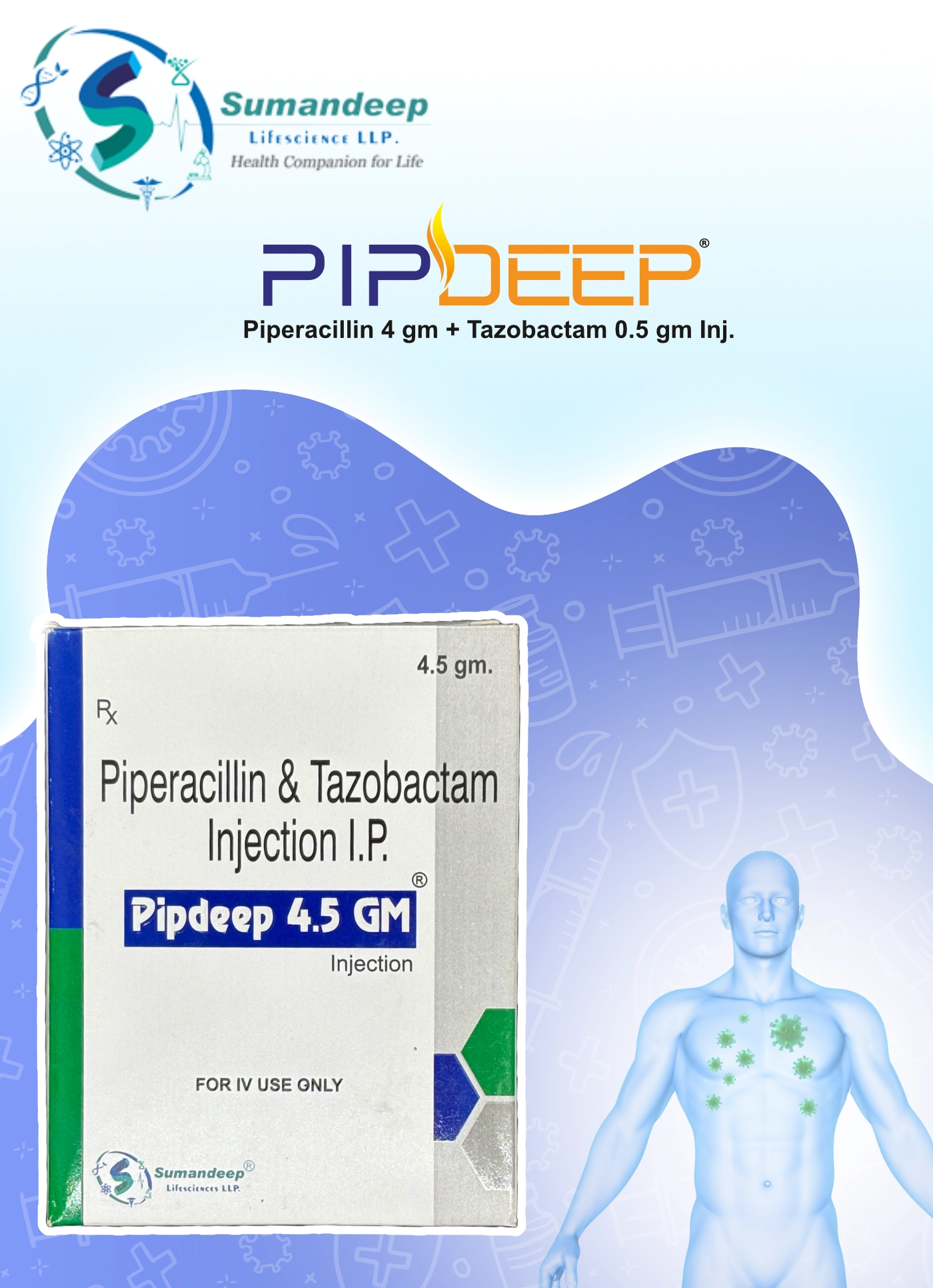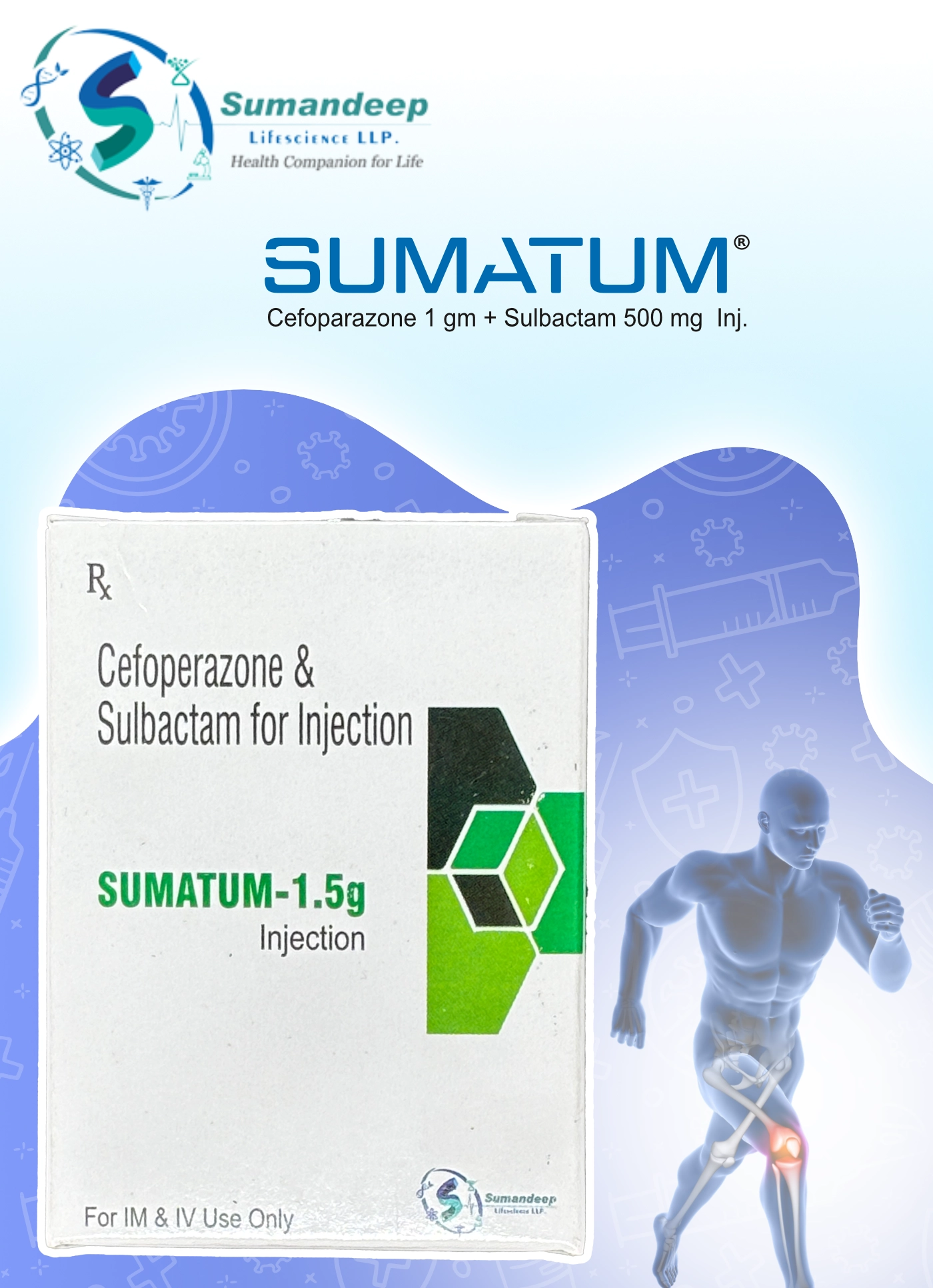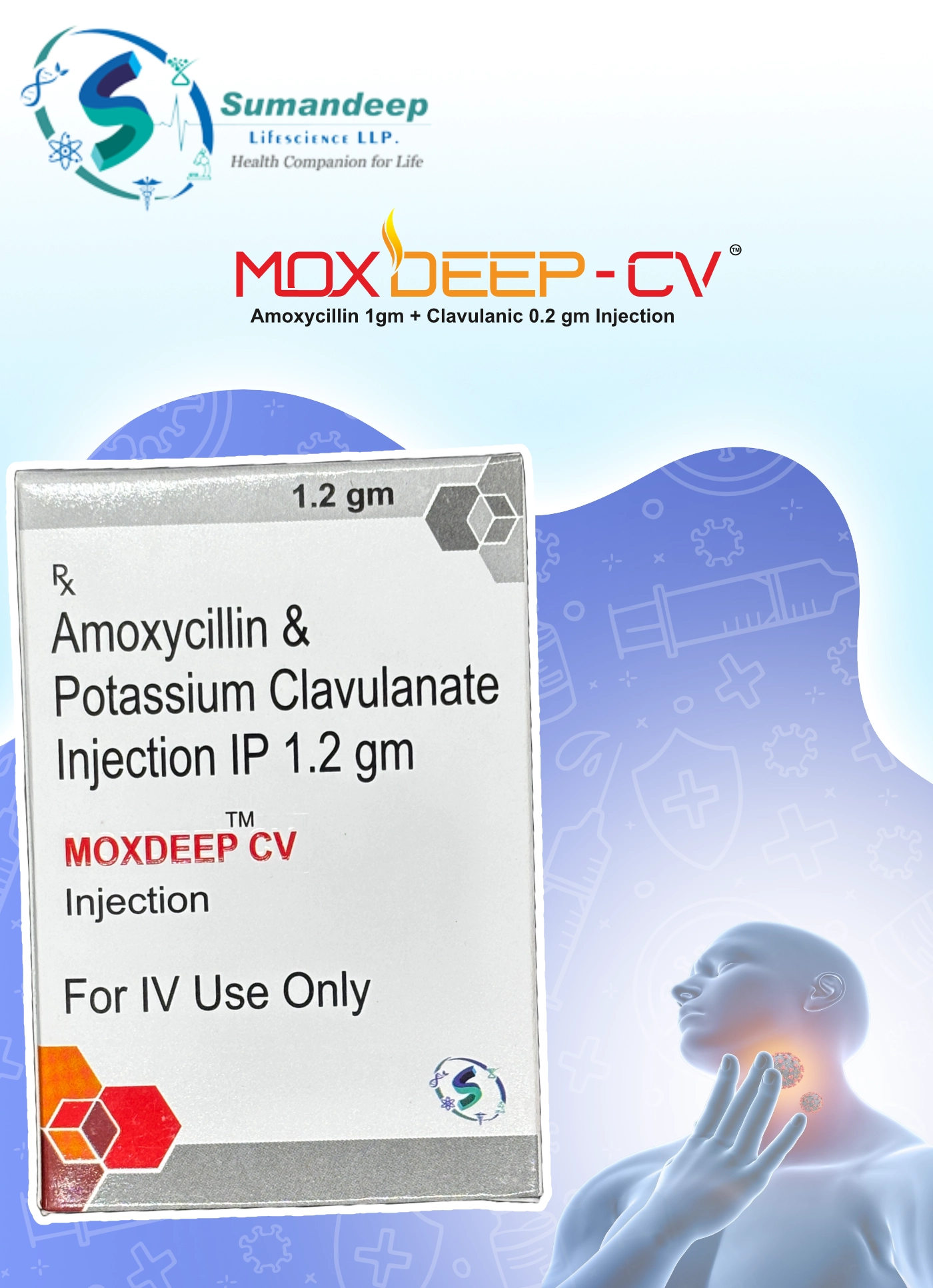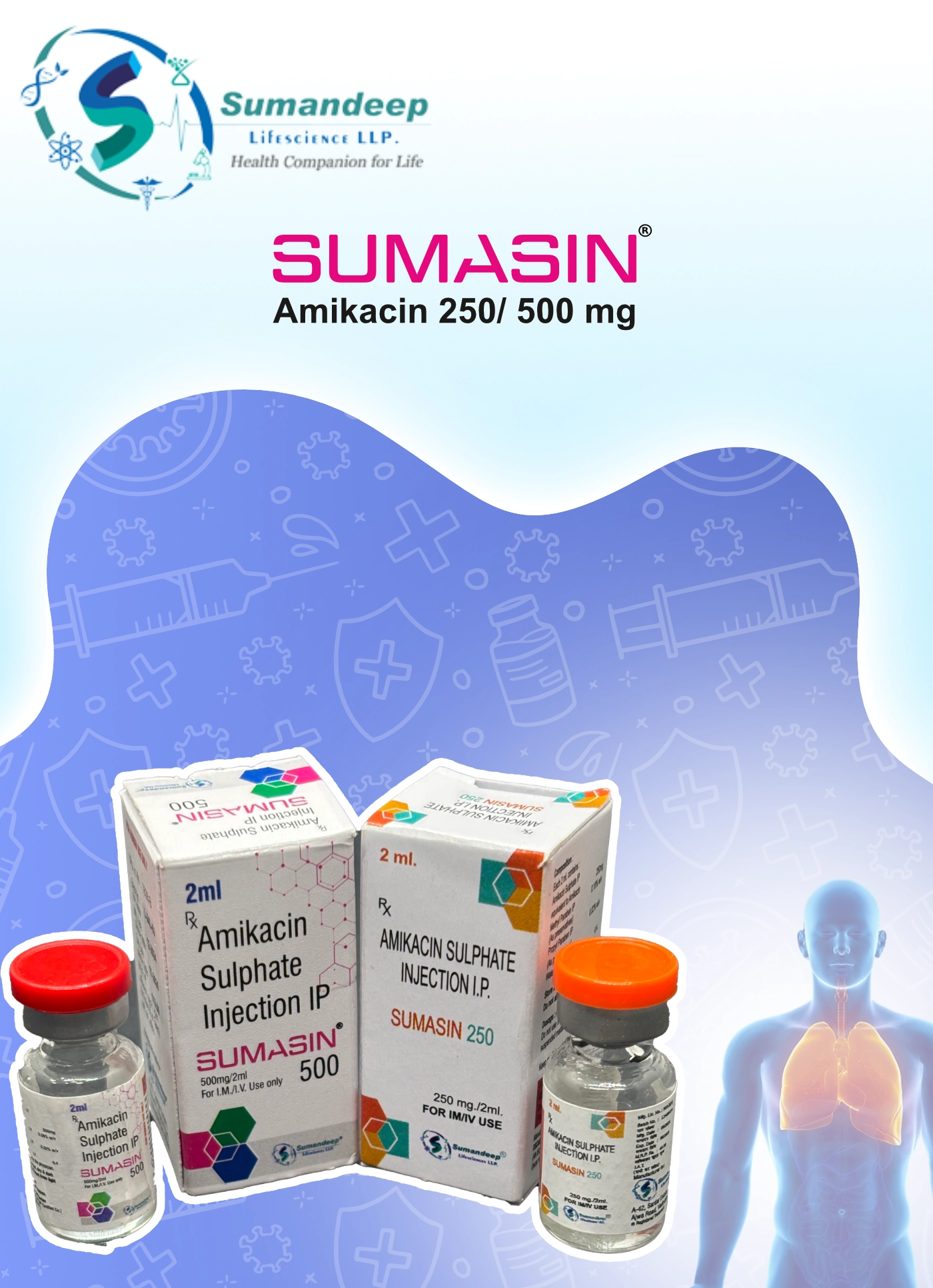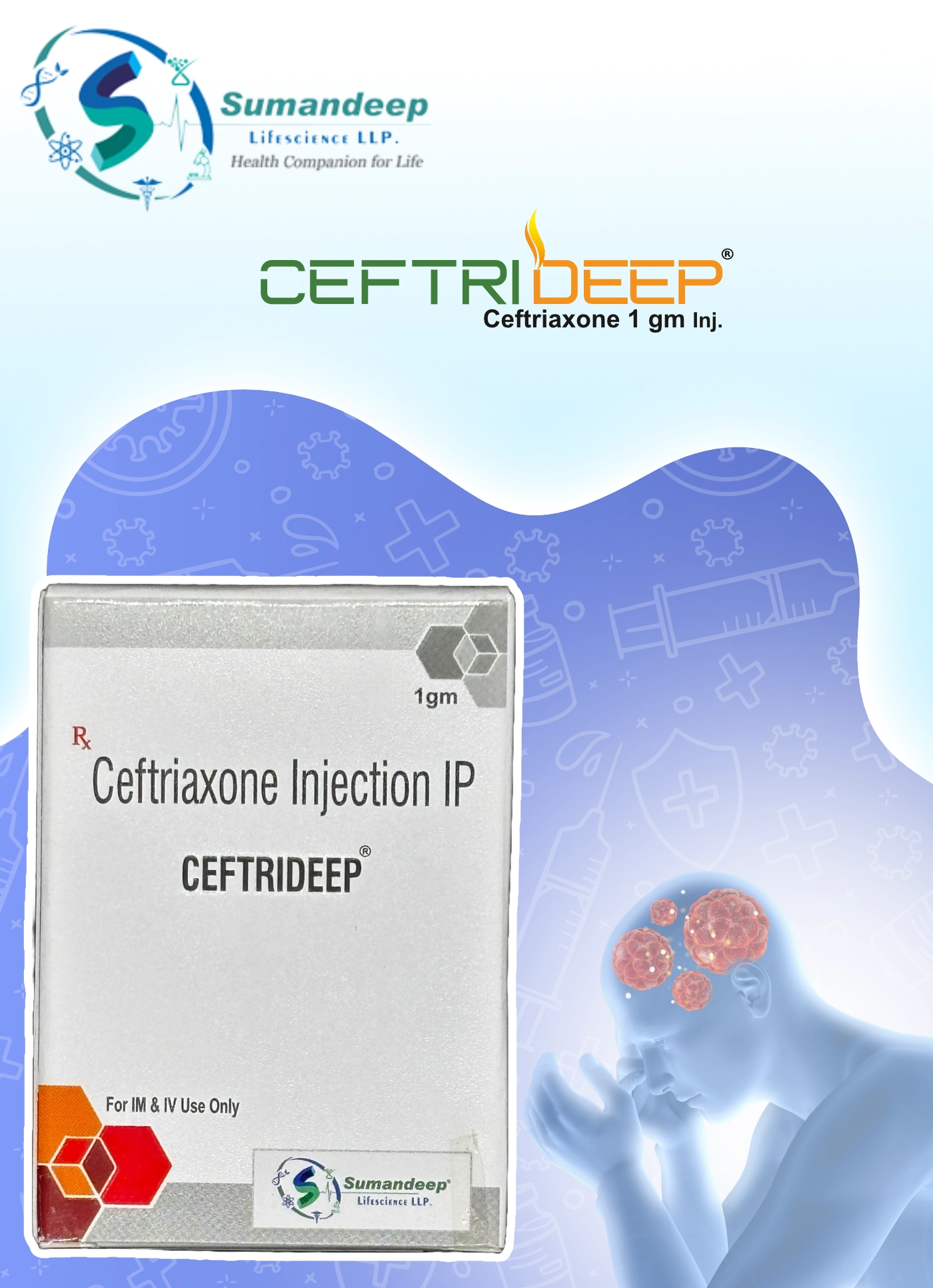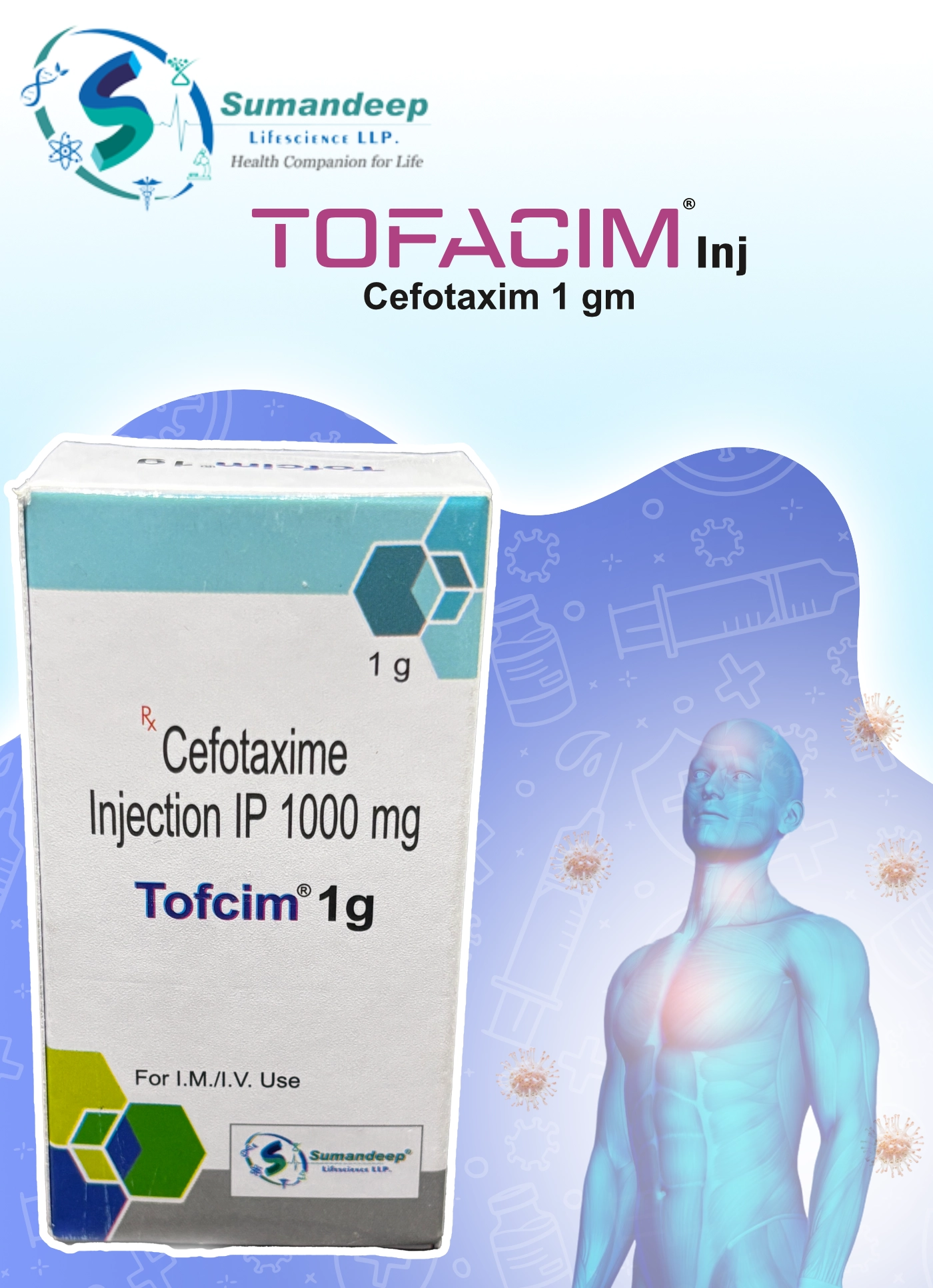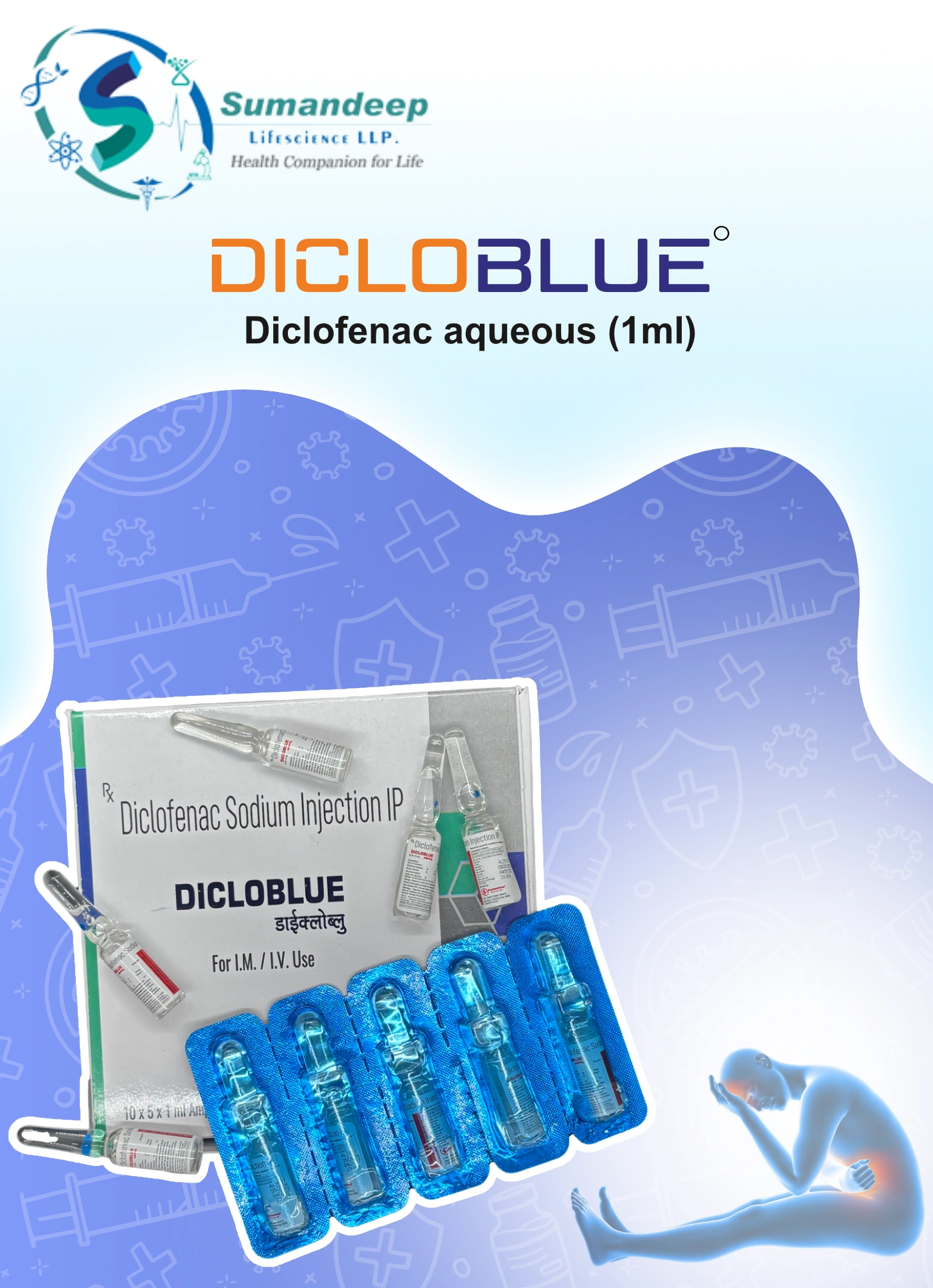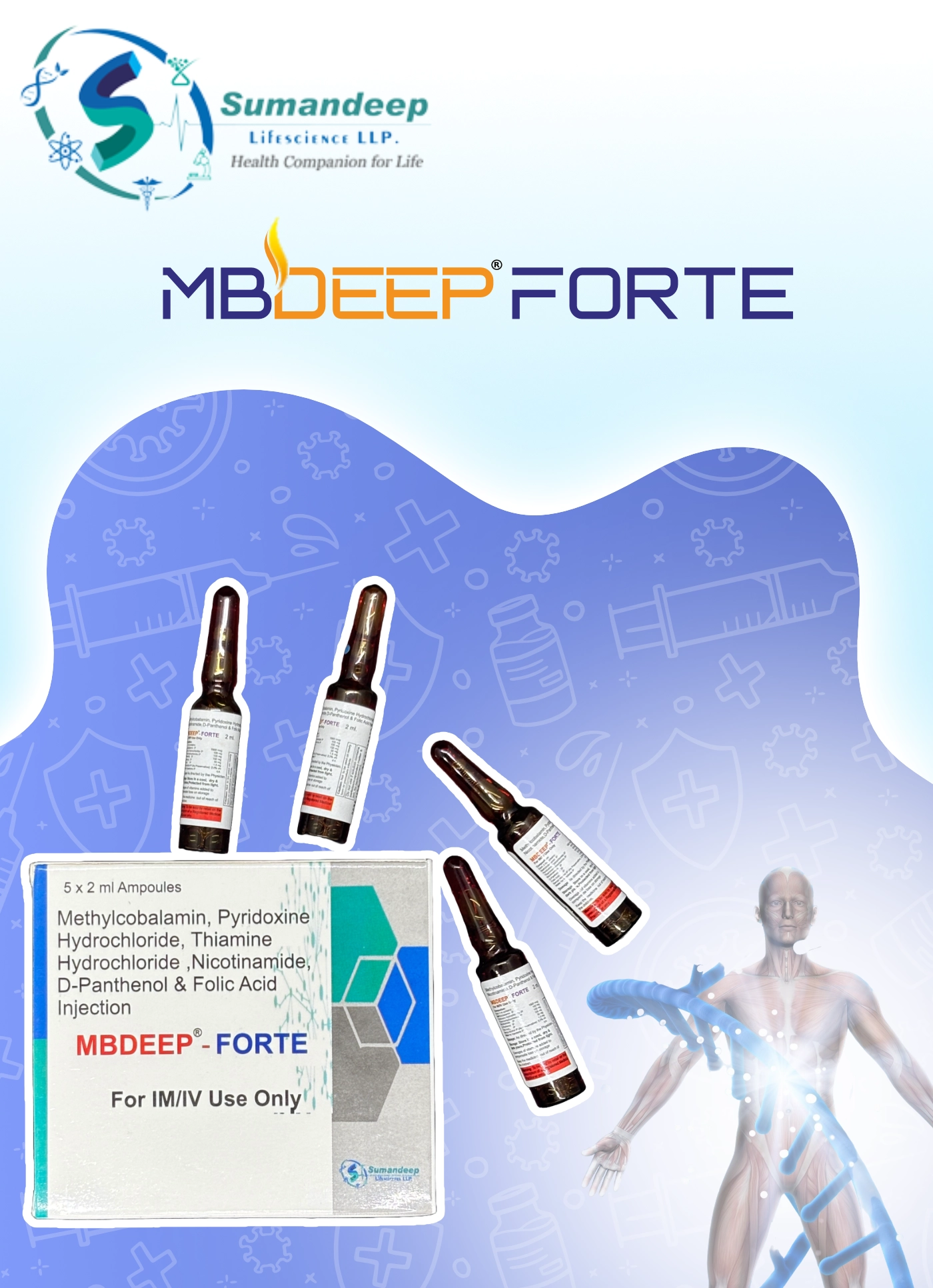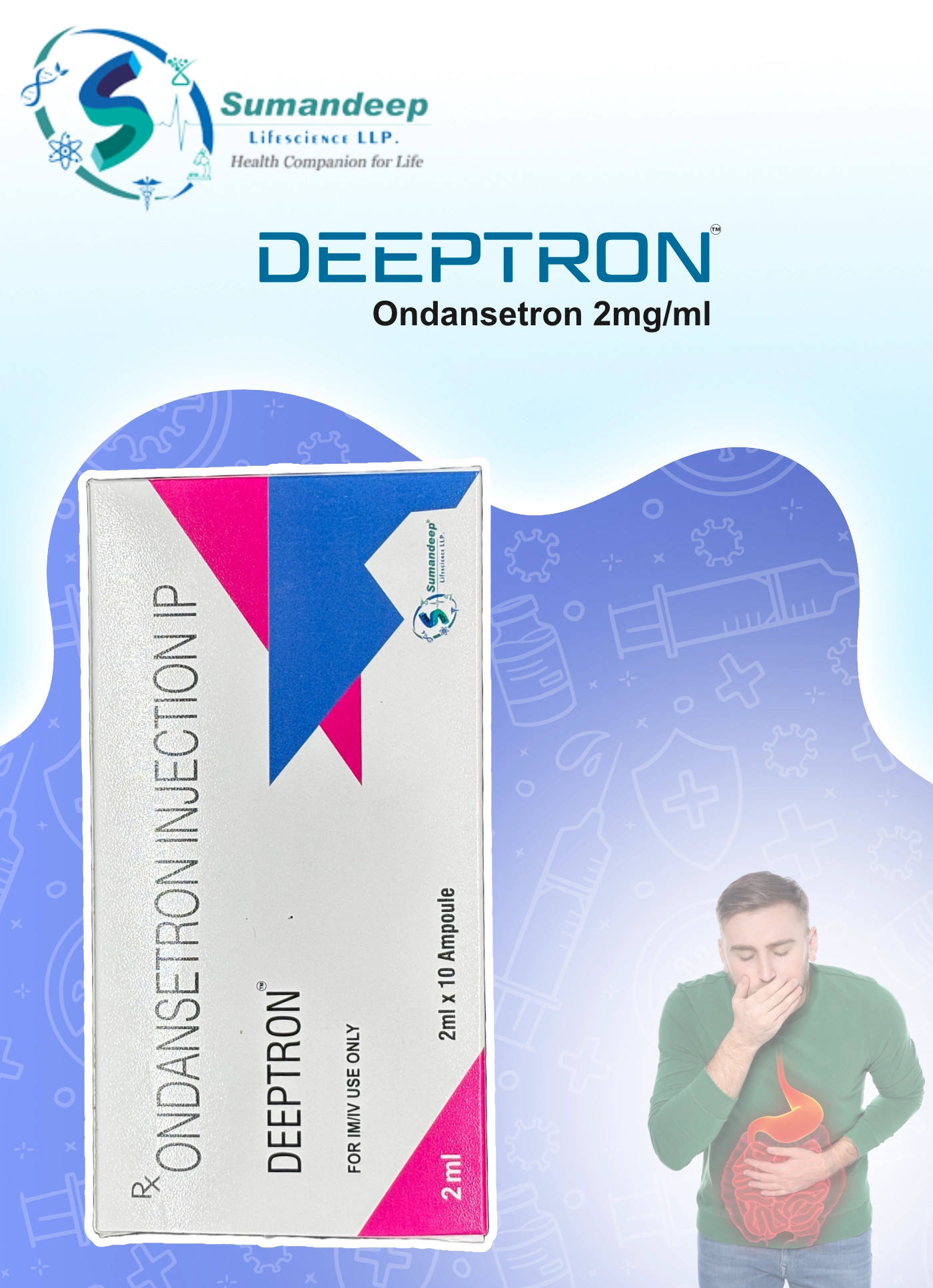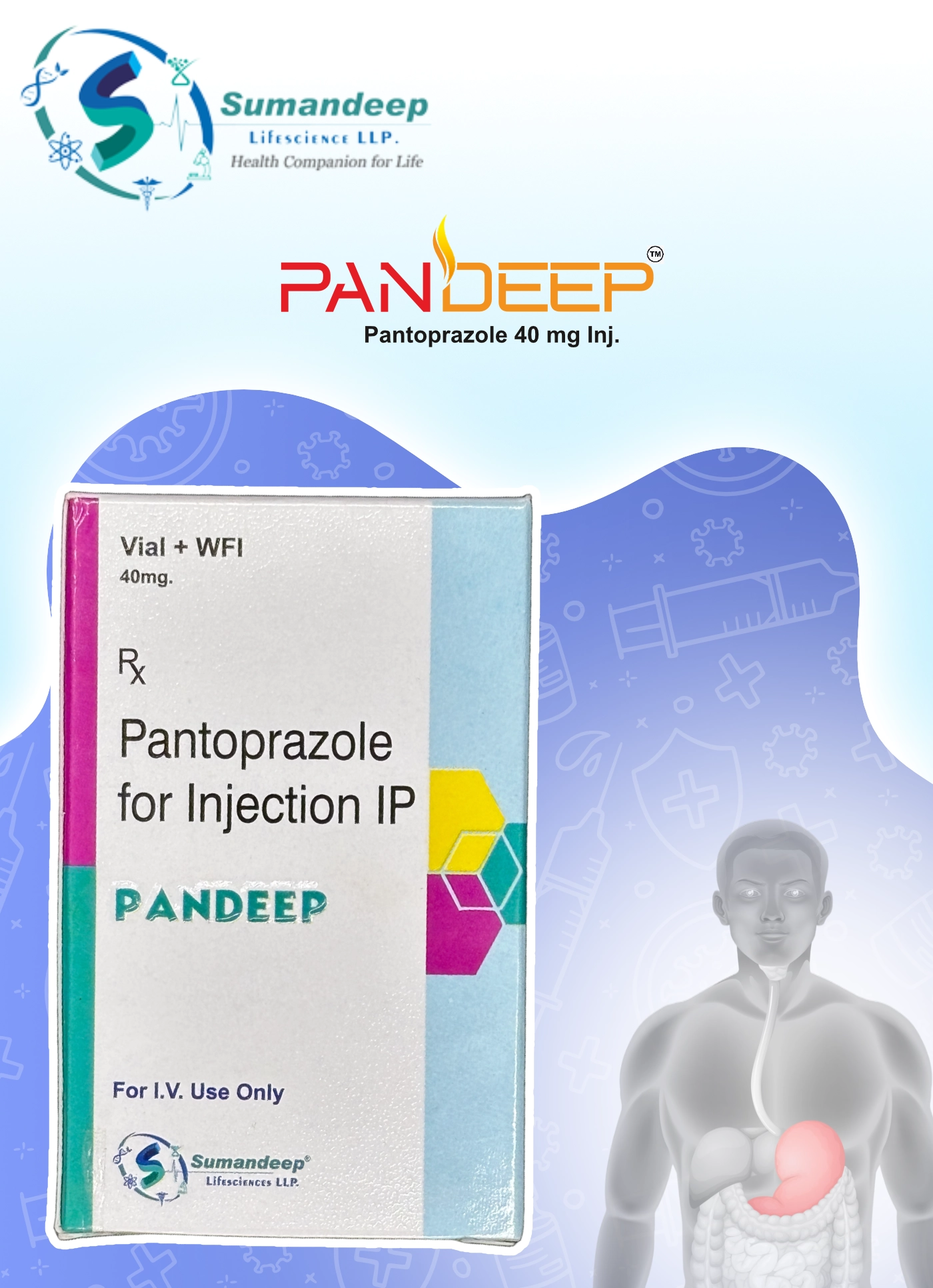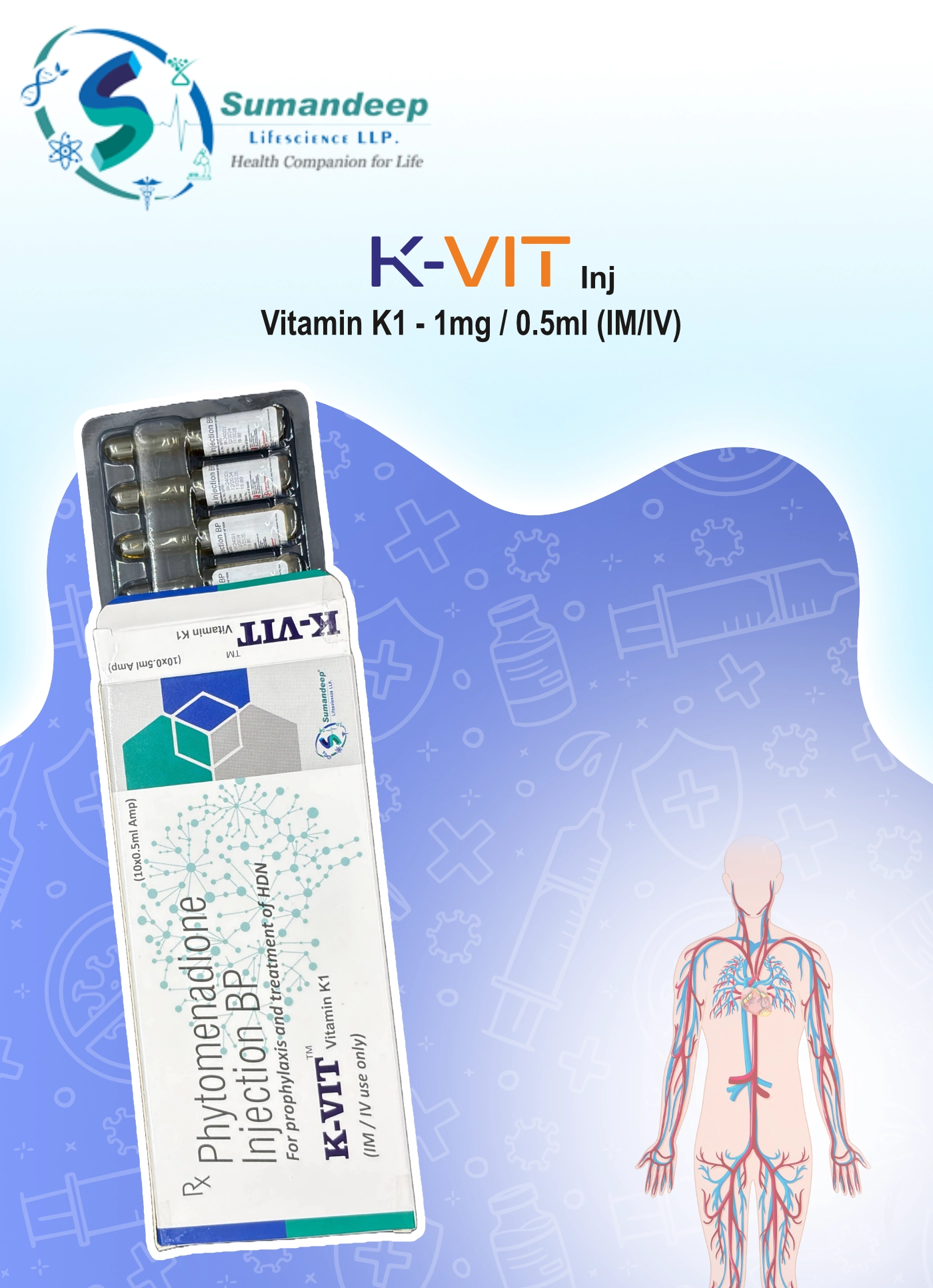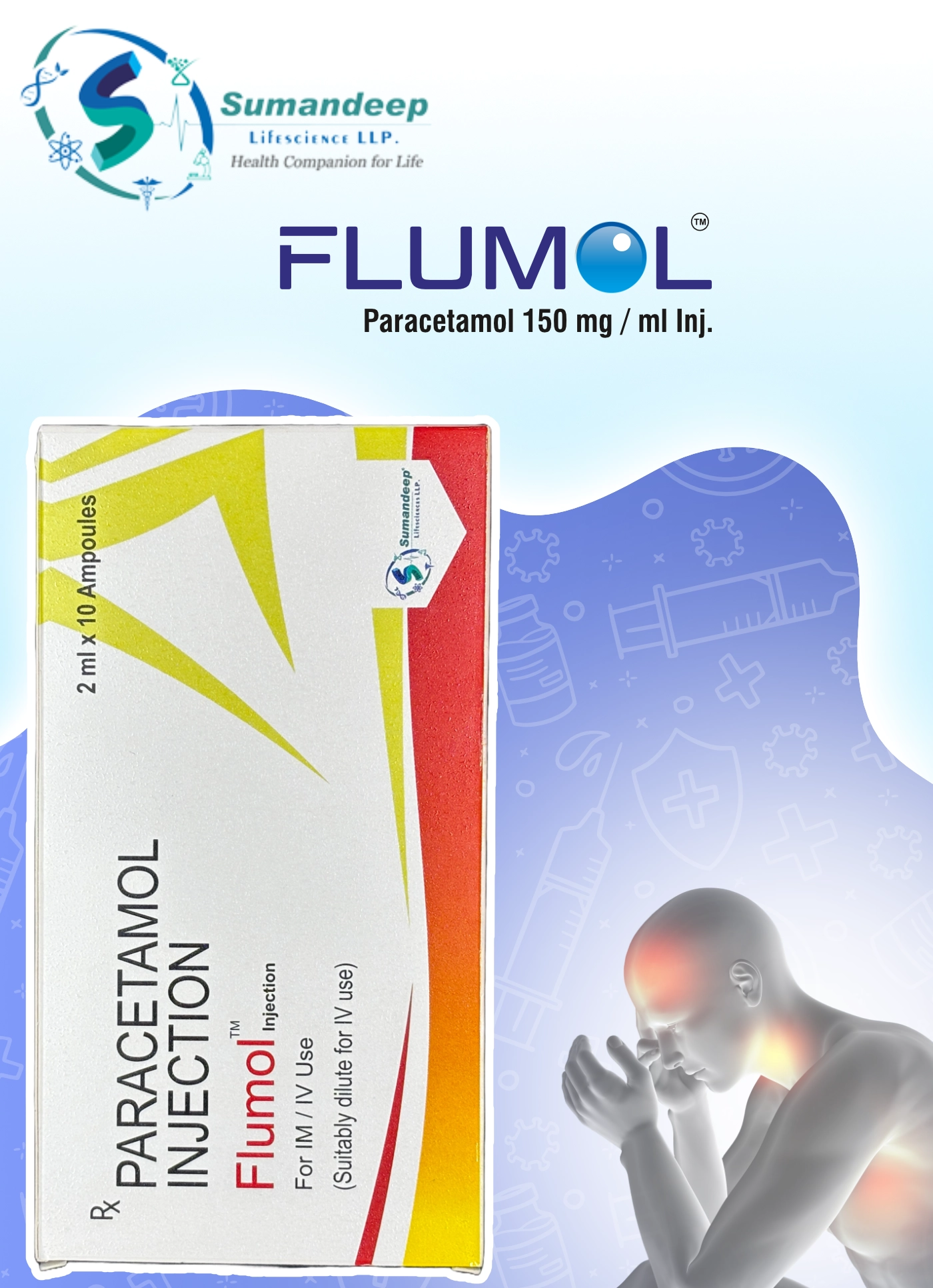Tramadol Hydrochloride is a powerful synthetic opioid analgesic used for the management of moderate to moderately severe pain. Unlike traditional opioids, it has a dual mechanism of action: it not only binds to the opioid receptors in the central nervous system but also inhibits the reuptake of norepinephrine and serotonin, which contributes to its pain-relieving effects.
The injectable formulation is particularly useful for patients who are unable to take oral medication, such as those in a post-operative state or suffering from severe nausea and vomiting. The IV route ensures a quick and predictable onset of action, making it suitable for acute pain management in hospitals and emergency rooms. It offers a strong analgesic effect without the same level of respiratory depression risk as more potent opioids like morphine, though this risk is still present and requires careful monitoring.
Due to its opioid nature, Tramadol Hydrochloride Injection is a controlled substance. Its use is reserved for situations where other pain medications, such as non-opioid analgesics, are insufficient. It is commonly used in post-operative care, for pain from severe injuries, and for managing chronic pain in certain situations. Its unique mechanism of action and effective pain relief make it a significant part of modern pain management protocols.
Symptoms of Infections SUTRAM 2ml Injection Treats
Therefore, the "symptoms" it treats are those related to pain, which can be a symptom of a wide range of conditions, including infections, but the Tramadol itself does not fight the infection. It only manages the pain caused by it.
Common Symptoms Include:
- Moderate to Moderately Severe Pain: The primary use of this injection is to alleviate pain that is not adequately controlled by other types of pain medication.
- Post-operative pain: Severe pain experienced after surgery.
- Pain from injuries: Such as fractures, burns, or severe sprains.
- Cancer-related pain: Pain associated with tumors or cancer treatments.
- Neuropathic pain: Pain caused by nerve damage.
- Acute or chronic pain: Such as from severe osteoarthritis or back pain.
Note:
The symptoms listed above are for general informational purposes only and do not constitute medical advice or a diagnosis. Always consult a qualified healthcare professional before starting any treatment. Self-medication based on these symptoms can be harmful. We are not responsible for any misuse or consequences resulting from such actions.
Inquire Now!
The content on this website is for general information only and not a substitute for medical advice. Do not use any medication or product listed on this site without consulting a qualified doctor. Sumandeep Lifesciences LLP is not responsible for any misuse, adverse effects, or outcomes arising from self-medication.
Uses of SUTRAM 2ml Injection :
Tramadol Hydrochloride Injection is a centrally-acting opioid analgesic with a dual mechanism of action. Its uses are primarily for pain management in a clinical setting.
- Management of moderate to severe pain: This is the main and most common use. It's prescribed for pain that is not adequately managed by non-opioid pain relievers.
- Post-operative pain relief: It is frequently used in hospitals to control pain after surgical procedures.
- Treatment of pain from severe injuries: Such as those caused by fractures, burns, or other trauma.
- Management of pain in palliative care: It is used to provide relief for patients with advanced or chronic illnesses, such as cancer.
- For patients unable to take oral medication: The injectable form is used when a patient cannot swallow pills, is nauseous, or is unconscious.
- Chronic pain management: In some cases, it may be used for the long-term management of chronic pain when other treatments have failed.
Medicine Details

- Not to be used in newly born or premature infants.
- Not to be used if solution contains particles/suspended matter; ask for replacement.
- Tramadol Hydrochloride IP: 50 mg
- Water for Injection IP: q.s
- Store in a cool & dark place.
- Protect from light.
- As directed by the physician.
Other Products


